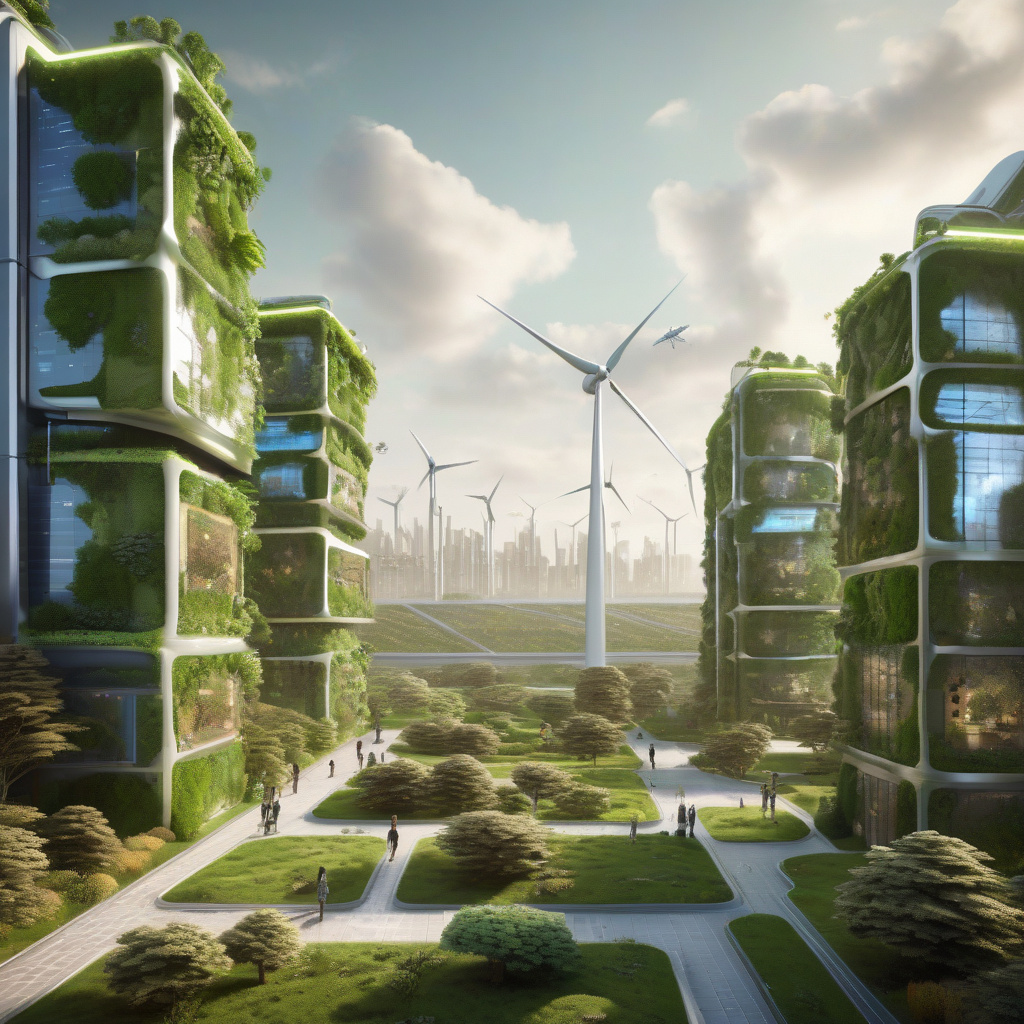With the growing concern for environmental sustainability, the tech industry is increasingly focusing on making artificial intelligence (AI) more eco-friendly. The recent launch of GreenPT, a European chat platform, emphasizes the idea that AI can be both powerful and environmentally conscious. This raises the question: Can AI go green without losing its efficacy?
In recent years, AI has made significant strides in various fields, from healthcare to finance, revolutionizing processes and enhancing efficiency. However, the increased use of AI has also raised concerns about its environmental impact. The energy-intensive nature of AI, particularly deep learning algorithms that require massive computational power, contributes to a significant carbon footprint.
Despite these challenges, advancements in AI technology offer promising solutions to make AI more sustainable. One approach is optimizing algorithms to reduce computational requirements without compromising performance. By streamlining processes and enhancing efficiency, AI systems can achieve powerful outcomes while consuming less energy.
Moreover, the development of energy-efficient hardware, such as specialized AI chips designed for high performance and low power consumption, plays a vital role in greening AI. These chips enable AI systems to deliver robust performance while minimizing energy usage, contributing to a more sustainable AI ecosystem.
Additionally, leveraging renewable energy sources to power AI infrastructure is crucial in reducing its environmental impact. Data centers that support AI operations can transition to renewable energy sources like solar or wind power, significantly lowering carbon emissions associated with AI operations.
Furthermore, implementing AI algorithms that prioritize energy efficiency can contribute to a greener AI landscape. By designing algorithms that consume less power during training and inference stages, developers can create AI systems that are both powerful and environmentally friendly.
Collaboration among industry stakeholders, policymakers, and environmental organizations is essential in driving the green AI agenda forward. By working together to establish standards and regulations that promote sustainability in AI development and deployment, the tech industry can ensure that AI continues to innovate while minimizing its environmental footprint.
In conclusion, the launch of GreenPT and the growing emphasis on green AI highlight the industry’s commitment to balancing technological advancement with environmental responsibility. By embracing energy-efficient practices, optimizing algorithms, investing in green infrastructure, and fostering collaboration, AI can indeed go green without losing its power. As we navigate the evolving landscape of AI, prioritizing sustainability is key to shaping a greener and more powerful future for artificial intelligence.

